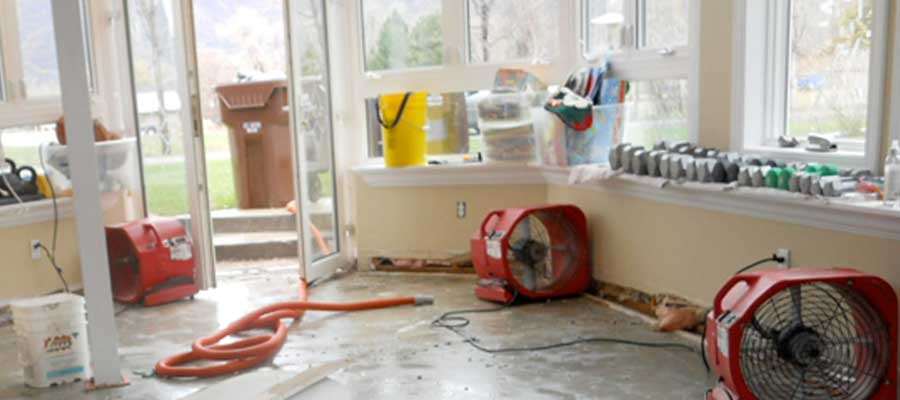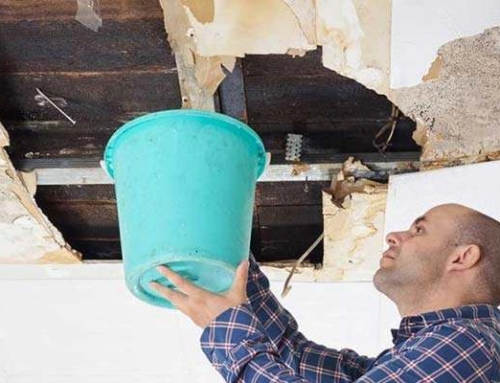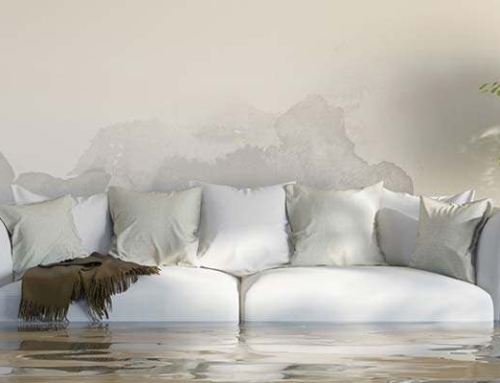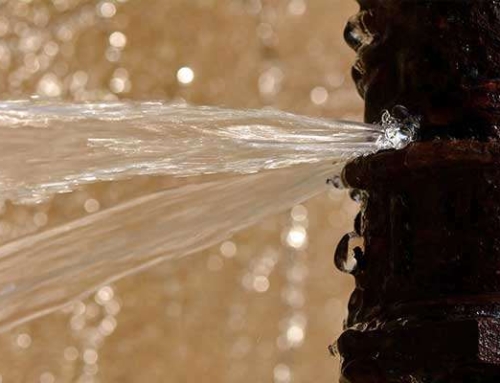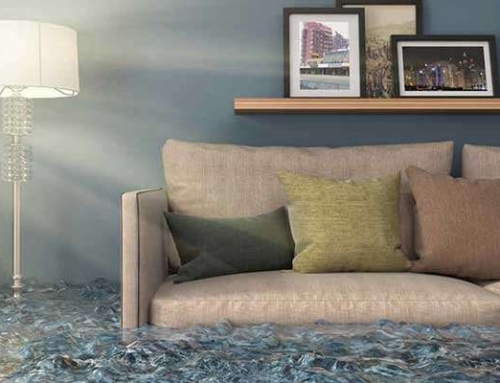Water damage in commercial buildings not only can lead to business disruptions but it also can create hazardous working conditions for employees. As soon as you notice any signs of water damage, quick action is essential.
Dealing with water damage in commercial properties is typically more complicated than in residential properties. These spaces usually require a more rigorous and involved approach to water damage restoration. The process itself can vary, depending on how large the structure is, how severely it is damaged, how the space is used, and how many businesses are located in the building. Typically, commercial water damage restoration needs to be completed quickly so that businesses can get back up and running right away.
In some cases, water damage can’t be prevented. Other times, however, identifying issues early on can help keep significant damage from occurring. Below, we take a closer look at some of the most common reasons why water damage occurs in commercial buildings. We also provide tips on how to deal with them to prevent extensive damage. Some of the most common sources of water damage in commercial spaces include:
Broken or damaged pipes: Plumbing pipes can become damaged for a variety of reasons. For instance, extremely cold weather can cause them to freeze and burst. Sudden changes in water pressure can also result in leaks. Signs to watch for include water stains on ceilings, floors or walls, tiles that are coming loose or cracking, musty odors, or unusual bulges in the walls. Special equipment is often required to identify and locate leaks.
Improperly sealed windows: Windows that are not tightly sealed can allow water into the structure. Over time, this can not only lead to mold growth but can also cause the drywall and wood to warp. Periodically sealing the windows is the best way to prevent this problem. Caulk can deteriorate due to exposure to the elements and should be replaced every so often.
Foundations: Clogged gutters on the building can cause water to leak under the eaves or near the foundation. Building foundations that are leaking can often be spotted by looking for wet framing or puddles that are located close to the base of the building. Improper drainage around your building can also lead to water-related problems with your foundation.
Roofs: Any leaks that occur in the roof of your building can cause issues with mildew and mold and can damage your ceilings. Rotten wood may undermine the structural integrity of your building. Wires exposed to moisture may also cause an increased risk of fire. Roofs can be damaged as a result of snow or rain, particularly if it is heavy. Failing to correctly remove ice or snow from the roof can also cause water damage.
Issues with the HVAC system: Warm or cold air is delivered through ductwork by the HVAC system. Ducts that are damaged or worn out can cause leaks. Cleaning the HVAC system periodically is important to remove any extra water from the condensation reservoirs.
Clogged sewer systems: Any leaks involving your sewer system should be addressed immediately. Sewer water can contain a number of pathogens including viruses and bacteria. If you notice any water backing up into your building through the drains or toilet, reach out to a qualified professional right away.
Leaky sprinklers: Sprinkler systems sometimes leak, which can be another cause of commercial water damage. Signs to watch for include wet carpeting or drywall, unexplained mildew or mold growth, and areas of standing water. Check your sprinkler system periodically to make sure that it is not leaking.

